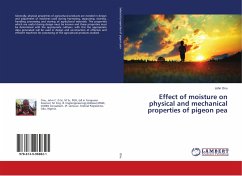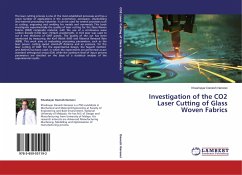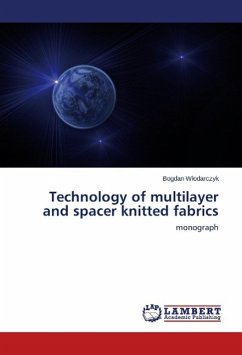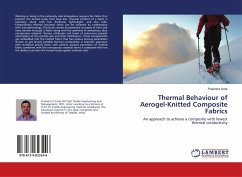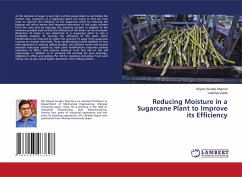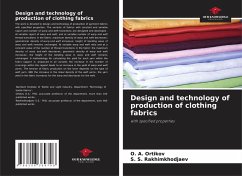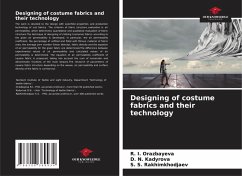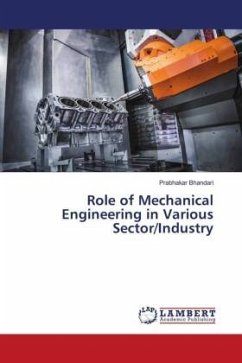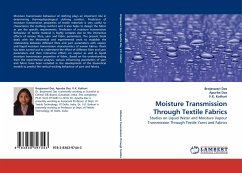
Moisture Transmission Through Textile Fabrics
Studies on Liquid Water and Moisture Vapour Transmission Through Textile Yarns and Fabrics
Versandkostenfrei!
Versandfertig in 6-10 Tagen
45,99 €
inkl. MwSt.

PAYBACK Punkte
23 °P sammeln!
Moisture transmission behaviour of clothing plays an important role in determining thermophysiological clothing comfort. Prediction of moisture transmission properties of textile materials is very useful to characterize the clothing comfort and it also helps to design the fabric as per the specific requirements. Prediction of moisture transmission behaviour of textile material is highly complex due to the interactive effects of various fibre, yarn and fabric parameters. The present book deals with the theoretical and experimental work to establish the relationship between different fibre and y...
Moisture transmission behaviour of clothing plays an important role in determining thermophysiological clothing comfort. Prediction of moisture transmission properties of textile materials is very useful to characterize the clothing comfort and it also helps to design the fabric as per the specific requirements. Prediction of moisture transmission behaviour of textile material is highly complex due to the interactive effects of various fibre, yarn and fabric parameters. The present book deals with the theoretical and experimental work to establish the relationship between different fibre and yarn parameters with vapour and liquid moisture transmission characteristics of woven fabrics. Work has been carried out to understand the effect of different fibre and yarn parameters and their interactive effects on vapour as well as liquid moisture transmission properties of fabric. Based on the understanding from the experimental analysis, various influencing parameters of yarn and fabrichave been included in the development of the theoretical models to predict the vertical wicking behaviour of yarn and fabrics.



